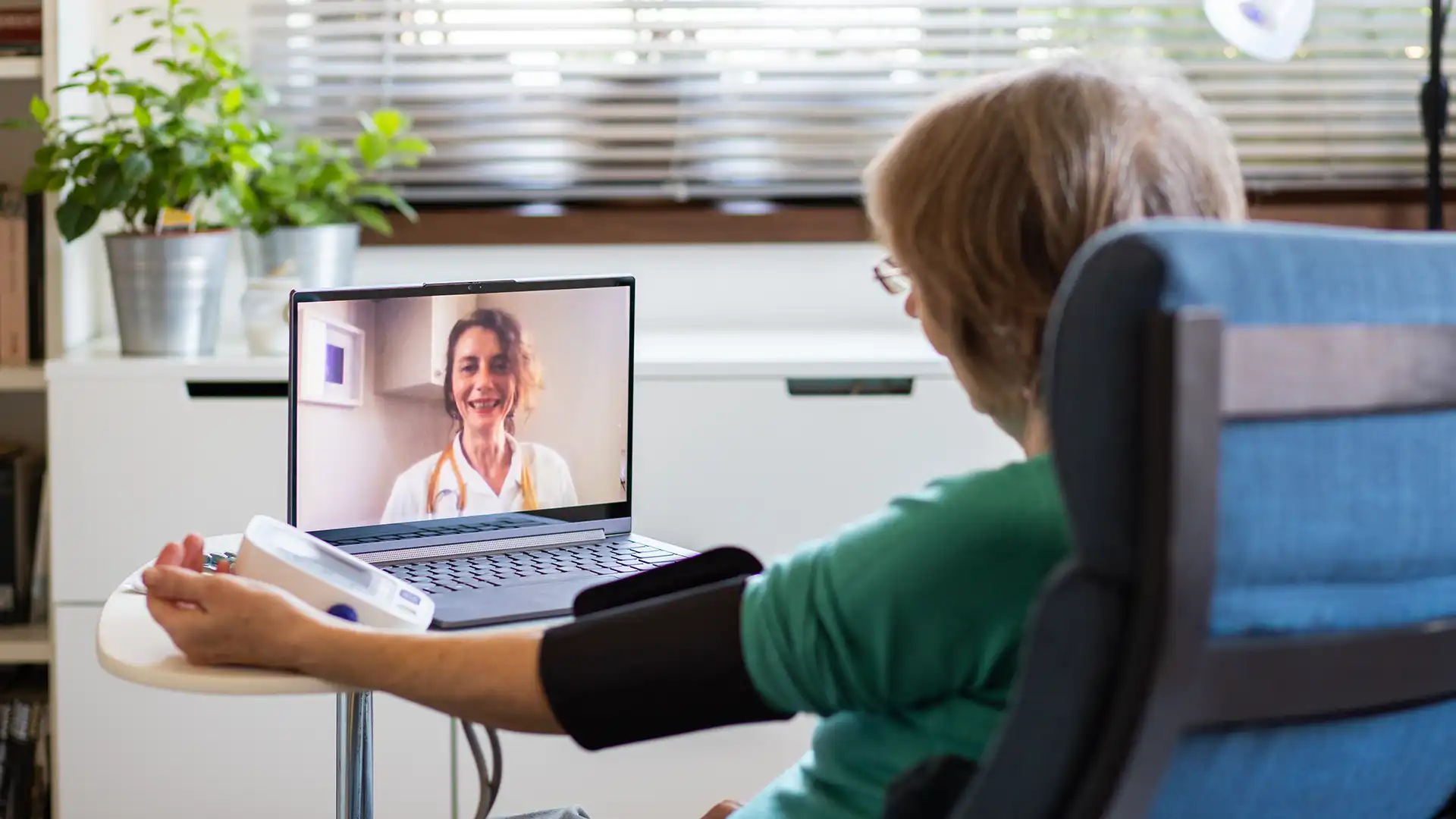Staying active after 60 is one of the best ways to boost energy, improve mobility, and maintain independence. The good news? You don’t need a gym membership or intense workouts to stay fit. With a few easy daily exercises, you can support your health, protect your joints, and enjoy a better quality of life—right from the comfort of home.
In this guide, we’ll explore the best exercises for seniors, including safe and effective stretching and strength training.
Why Exercise Matters After 60
Over time, the body tends to lose strength, mobility, and bone density. But regular senior exercise can help:
- Improve balance to prevent falls
- Enhance joint flexibility and posture
- Increase cardiovascular health
- Boost mood and brain function
- Support weight control and diabetes management
The key is consistency. Easy, low-impact routines that incorporate a mix of stretching, strength training, and cardiovascular drills can help older adults stay mobile and confident.
What Are the Best Exercises for Seniors?
The best daily exercises for seniors combine the following:
- Stretching to increase flexibility and prevent stiffness
- Regular strength training promotes healthy muscles and bones
- Aerobic exercise to support heart and lung function
Below is a sample routine seniors can follow every day or adapt to their own pace.
1. Gentle Stretching Exercises for Seniors (5–10 minutes)
Stretching improves flexibility, eases joint stiffness, and helps prevent injury. These routines can be done seated or standing, depending on your comfort level.
Neck Rolls
- Slowly tilt your head in a circle, clockwise and counterclockwise (3 times in each direction)
Shoulder Rolls
- Roll shoulders forward 5 times, then backward 5 times (great for posture and tension relief)
Seated Hamstring Stretch
- Sit on a chair, extend one leg forward with the heel on the floor
- Gently lean forward to feel a stretch in the back of the leg
- Hold for 20 seconds on each leg
Overhead Arm Stretch
- Raise one arm and gently bend it behind your head
- Use the opposite hand to support the elbow
- Hold for 15–20 seconds per side
These stretching exercises are perfect for beginning and ending your daily routine.
2. Strength Exercise for Seniors (10–15 minutes)
Building strength doesn’t mean lifting heavy weights. Bodyweight movements or light resistance exercises can make a big difference in maintaining and sustaining muscle mass and balance.
Wall Push-Ups
- Stand facing a wall at arm’s length
- Place hands on the wall and do a push-up
- Repeat 10–15 times
Sit-to-Stand
- Sit on a sturdy chair
- Stand up without hand support, then gently sit down again
- Execute 10 to 12 rounds
Bicep Curls with Light Weights or Water Bottles
- Hold a small weight in each hand
- Slowly curl your arms up and down
- Do 2 sets of 10 repetitions
Heel Raises
- Stand behind a chair, holding for support
- Raise heels to stand on toes, then slowly lower
- Repeat 10–15 times
These simple strength exercises can be done every other day to allow for muscle recovery.
3. Aerobic Exercise for Seniors (15–30 minutes)
Cardio is key to keeping the heart healthy and energy levels high. Opt for low-impact movements that are easy on your joints.
Brisk Walking
- Indoors or outdoors, walking is one of the best aerobic exercises for seniors
- Aim for 15–30 minutes daily
- Can be broken into 10-minute chunks
Marching in Place
- Great for rainy days or limited mobility
- March while watching TV or listening to music
- Aim for 3–5 minutes at a time, several times a day
Dancing
- Put on your favorite music and move around your living room
- Dancing improves balance, coordination, and mood
Water Aerobics
- If you have pool access, water workouts are excellent for joint-friendly cardio
Even 10–15 minutes of aerobic exercise a day can improve endurance and heart health over time.
Tips for Success
Getting into a new exercise habit can feel overwhelming at first, but these easy tips will help you stay safe, motivated, and consistent on your fitness journey.
- Start slow: If you’re new to exercise, begin with short sessions and build gradually.
- Stay hydrated: Drink water before, during, and after activity.
- Listen to your body: If something feels painful, stop. It’s normal to feel mild soreness, but sharp pain is a warning sign.
- Use support: A sturdy chair or wall can help with balance if needed.
- Make it fun: Walking with a friend, joining a senior class, or dancing to music can help keep you motivated.
- Leverage telehealth services: Seniors can connect with healthcare professionals through telehealth for personalized exercise advice and ongoing support tailored to their needs.
Sample Daily Routine (20–30 Minutes)
Here’s a beginner-friendly, daily senior exercise routine:
- Warm-up (5 minutes): Neck and shoulder rolls, light marching in place
- Stretching exercises (5 minutes): Hamstring and arm stretches
- Strength exercises (10 minutes): Sit-to-stand, wall push-ups, heel raises
- Cardio (10 minutes): Brisk walk or dance session
Adjust the length or intensity to suit your needs and health conditions. Always consult your doctor before starting a new routine, especially if you have pre-existing health concerns.
Take Charge of Your Wellness
Aging doesn’t mean slowing down completely. With the right exercises for seniors, you can maintain mobility, strength, and independence well into your later years. The key is to choose enjoyable, sustainable activities and make movement a part of your daily routine.
Whether it’s a gentle stretch, a short walk, or lifting light weights at home, every bit of effort adds up to better health and quality of life. So start today—your future self will thank you!
For personalized guidance and support, consider visiting our Medispress telehealth service for seniors. Our healthcare professionals can help tailor exercise plans, manage health conditions, and provide advice to keep you moving safely and confidently.
____________________________________________________________________________
Medically Reviewed By: Ma. Lalaine Cheng




